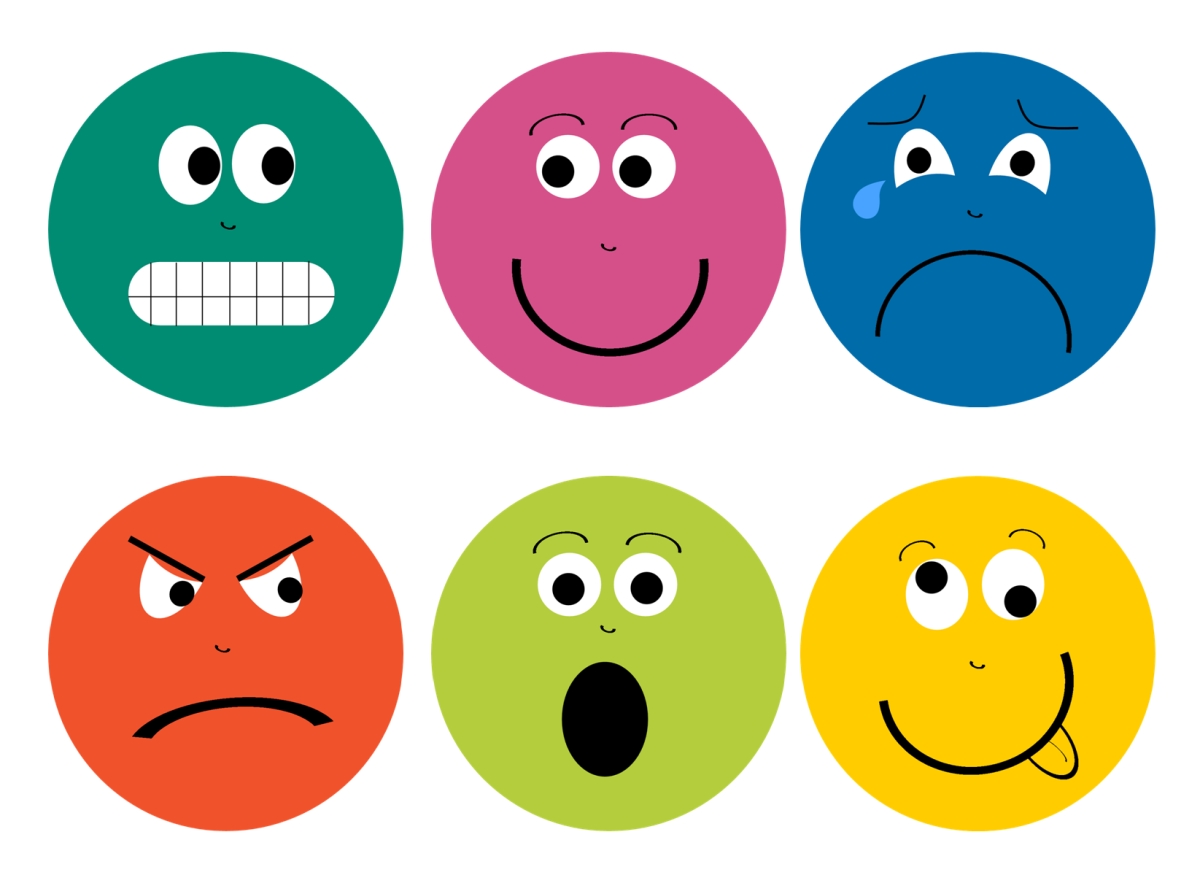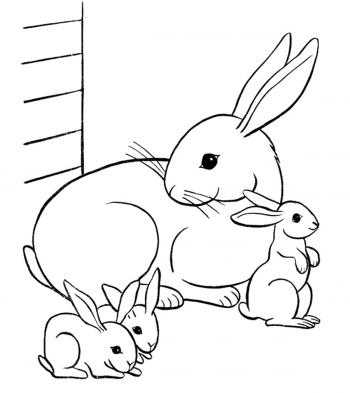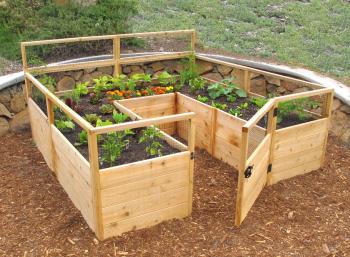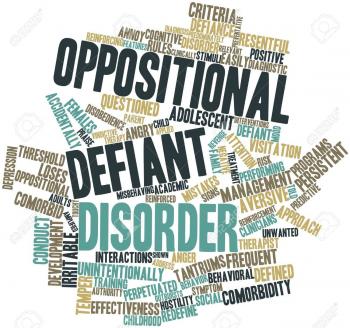Users Who Spiked

MISSED OPPORTUNITY
Private Notes
Private Notes
Notes
PBS kids app has a game called Story Book Builder. Think choose your own adventure, preschool style. Kids choose one of three characters. Then they choose between three locations. The next step in the story has the child choose an activity to do at the chosen location.
The purpose of the game is to help children to recognize different emotions and teach them what to do when they experience those feelings. I became excited when I discovered the app. I commended the creators of the game for being brave enough to take on the challenge of managing emotions. A bit nervous, but not scared, I ventured further into the game.
Not long after, I became disappointed in the game's lack of options regarding what to do after identifying the feeling the child related to in the story. I became frustrated when the suggested actions to select between for angry and sad were exactly the same. In fact, the storyline for every character in every scenario gave the same two choices for every single emotion I've bolded above in addition to the emotion jealousy.
In this choose the adventure story-building app, the child's options for what action to take after identifying how they felt were (1) take deep breaths or (2) count to three. For every single emotion except excited and brave, the only two positive feelings I might add. Those two feelings had no follow-up interaction at all.
And when you think about it, counting usually occurs in the taking deep breaths method so essentially the app offers one option for children to use when dealing with a variety of very different feelings. In addition, the app teaches children that only negative emotions warrant recognition of the feeling by pairing it with a cognitive action.
We need to teach children to notice what they do to express their feelings of excitement and bravery. This would have added to the story interaction when the child chose excited or brave. It wouldn't be an action designed to help the child feel better like those of the other emotions. Rather it makes children aware of what those positive feelings look like so they recognize it in others.
More importantly, however, is the fact that this app dropped the ball when it came to a valuable teaching opportunity. Taking deep breaths and counting are certainly useful coping tools for feelings of anger or frustration. Those methods can be good to use when feeling nervous and scared as well.
The problem is not everyone benefits from coping tools the same way so additional options would be a great deal more helpful. Especially for emotions like sad and jealous where taking deep breaths or counting do little to manage the feeling. What children should be learning is how to verbalize their feelings. In turn, we as adults should be validating the child's feelings and help them discover what to do when they feel this way again.
I would have thought a PBS show that has been on the air and teaching about feelings since 1969 might have more knowledge at the ready on the subject of how to handle emotions. If anything, the creators of the game could have made more effort in researching additional coping mechanisms. The information is definitely available and should be talked about more than it is.
And if it's a matter of too much programming to add other options, they could have saved space by having two characters to choose from instead of three. Even reducing the destination choices or the activity choices could have made enough room to add sensible coping skills that are more befitting to fear and jealousy.
When we fail to teach children how to express their feelings, how to cope with the hurt, and how to take steps to feel better, we are sentencing them to a lifetime of struggle. Emotions are the essence of who we are as individuals. We may all feel the same emotions but we don't all feel them in the same way or in the same situations. Coping with them is just as varying.





































